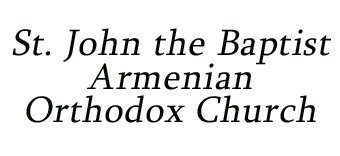DEATH OF BEDROS TOURIAN
It has been said that Armenian literature had two great foes whose names started with the letter թ (t): tuberculosis (թոքախտ, tokakhd) and Turks (թուրքեր). Five famous poets were among the victims of the terrible illness, related to poverty and malnourishment. One of them was Bedros Tourian, the great name of Armenian romanticism.
Tourian was born in Scutari, a suburb of Constantinople, on May 20, 1851 (Julian calendar, equivalent to June 1 in the Gregorian calendar). His father, Abraham Zmbayan, was a struggling blacksmith in a poverty stricken family, named after his profession (Turkish zımba “chisel”), from which his son derived the Armenian translation Tourian (Armenian դուր[tour]“chisel”).
